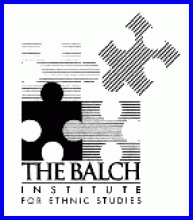The central historical question for this lesson on anti-slavery thought is: What arguments did abolitionists make against slavery?
The lesson is best taught over a series of class sessions, though it can be expanded or shortened as necessary. The key variable will be the amount of time spent on reading and analyzing documents. Teachers may choose to offer students modified versions of the documents, linked below under “Other Materials.”

